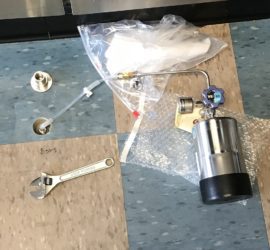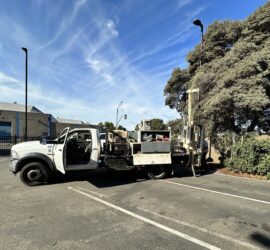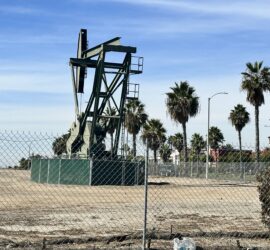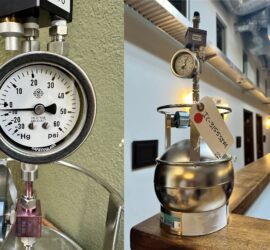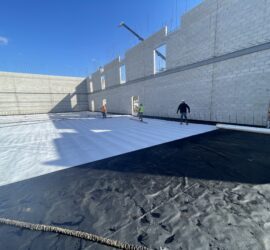Passive Methane Mitigation
Passive Methane Mitigation: Passive systems refer to the non-mechanical and non-electric components of the methane mitigation process. These components remove the vapor intrusion risks of methane soil gas migration into buildings atop Los Angeles Methane Zones and Methane Buffer Zones. In fact, methane testing results typically indicate the necessity for a passive system, as well as an Active Mitigation System.
Los Angeles Building Code
The definition of a passive system is found within the Los Angeles Department of Building and Safety (LADBS) Methane Code (Ordinance Number 175790). Moreover, tables listing the components of a passive system are available within the LADBS Standard Methane Plans.

Components the Passive System
Contractors build passive systems using common building materials. And the specific materials and arrangement of items are in accordance with the approved Methane Mitigation Plan. In general, Passive Methane Mitigation Systems include:
- De-watering system (or an applicable waterproofing barrier);
- Perforated horizontal pipes;
- Gravel blanket;
- Impervious membrane (also known as a methane barrier);
- Vertical vent risers.

